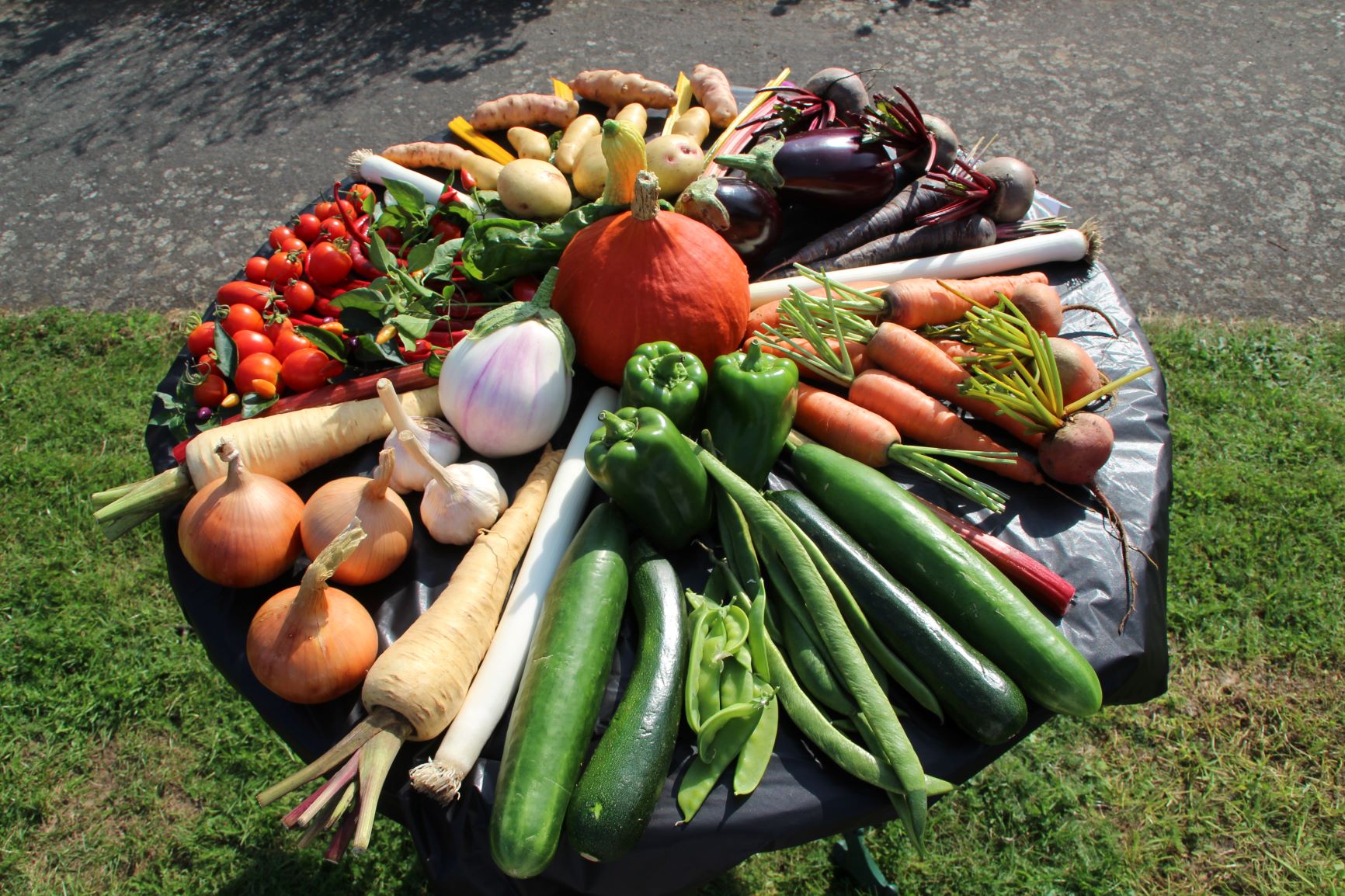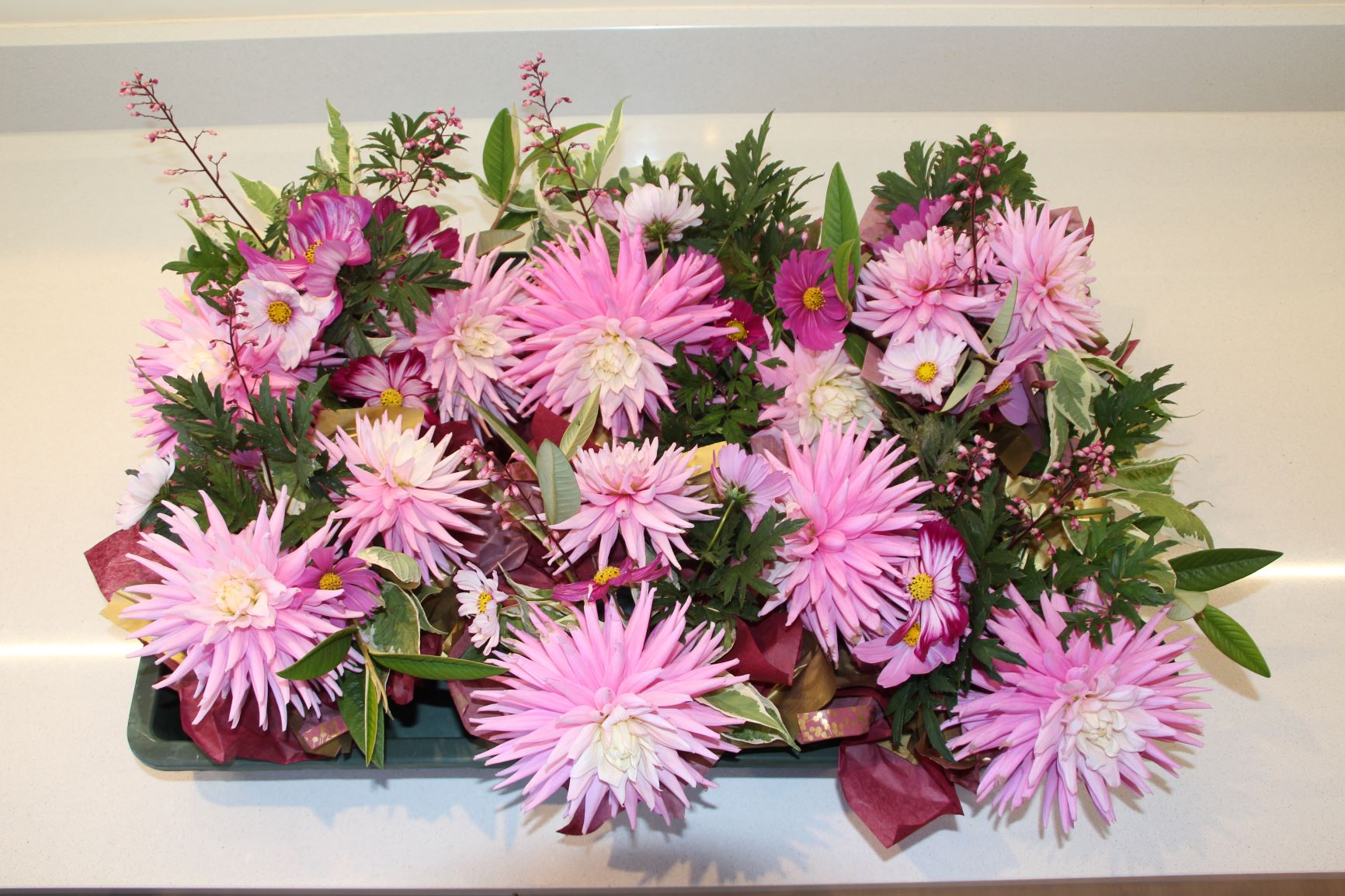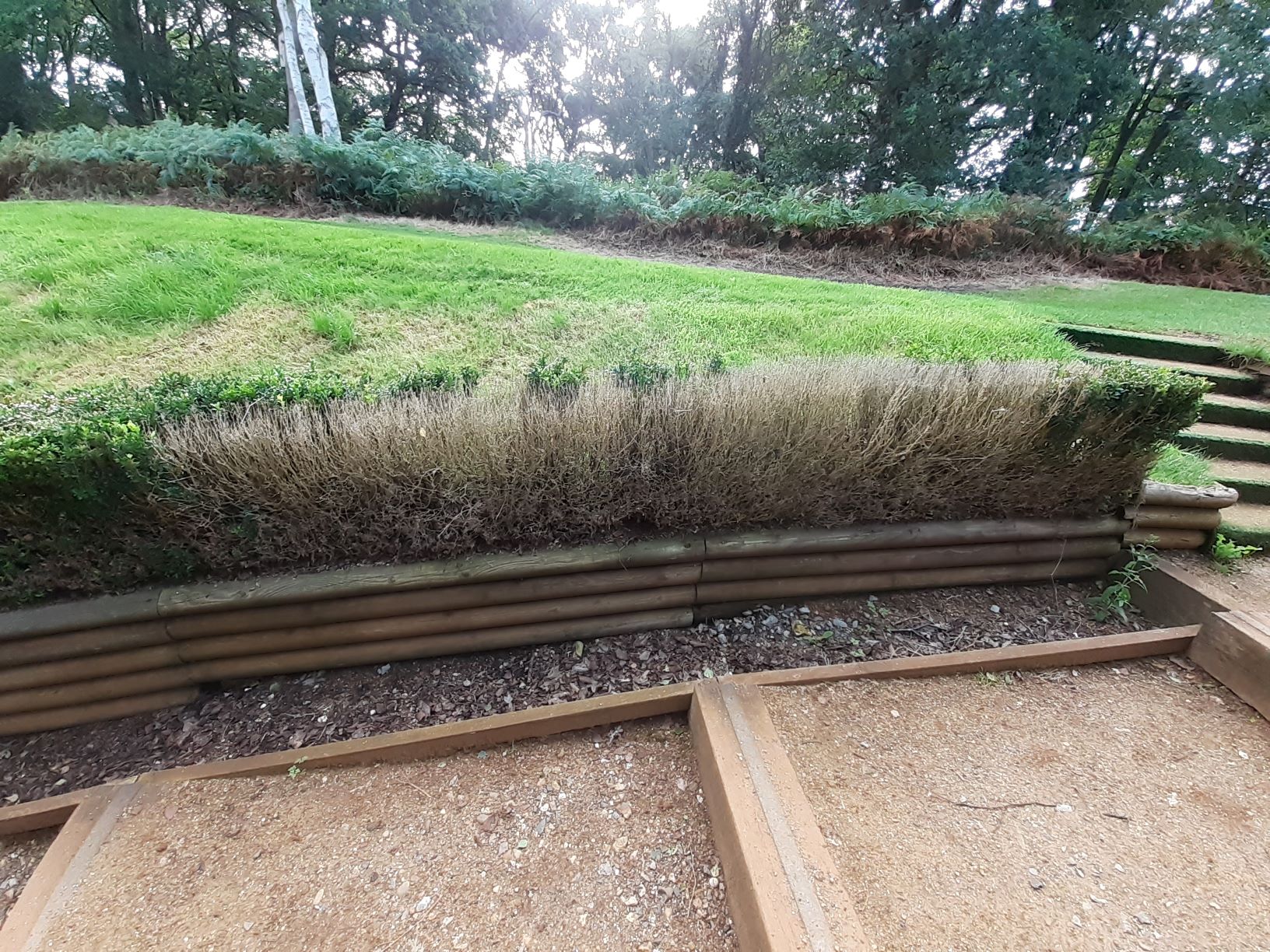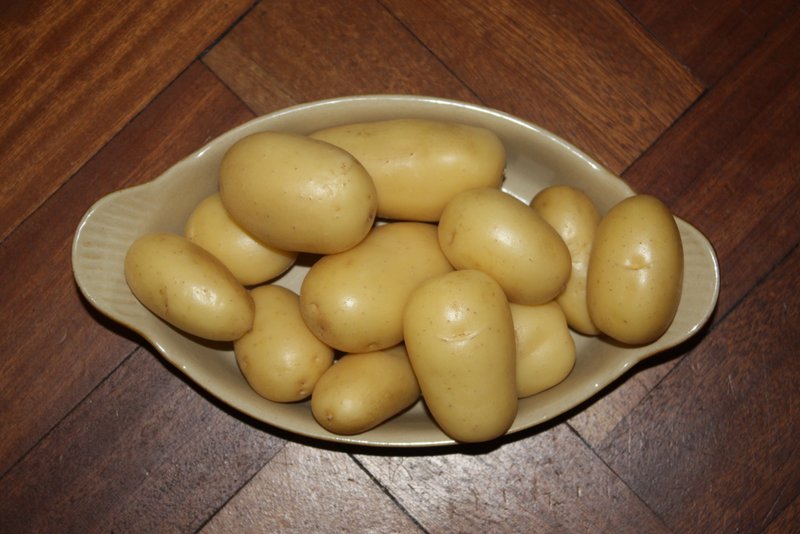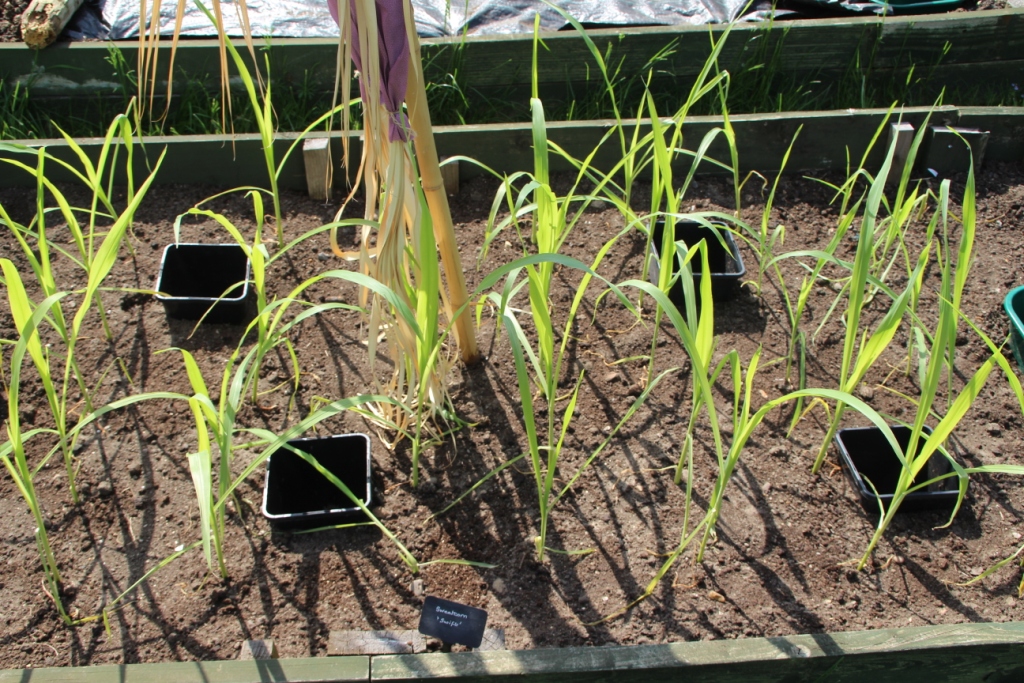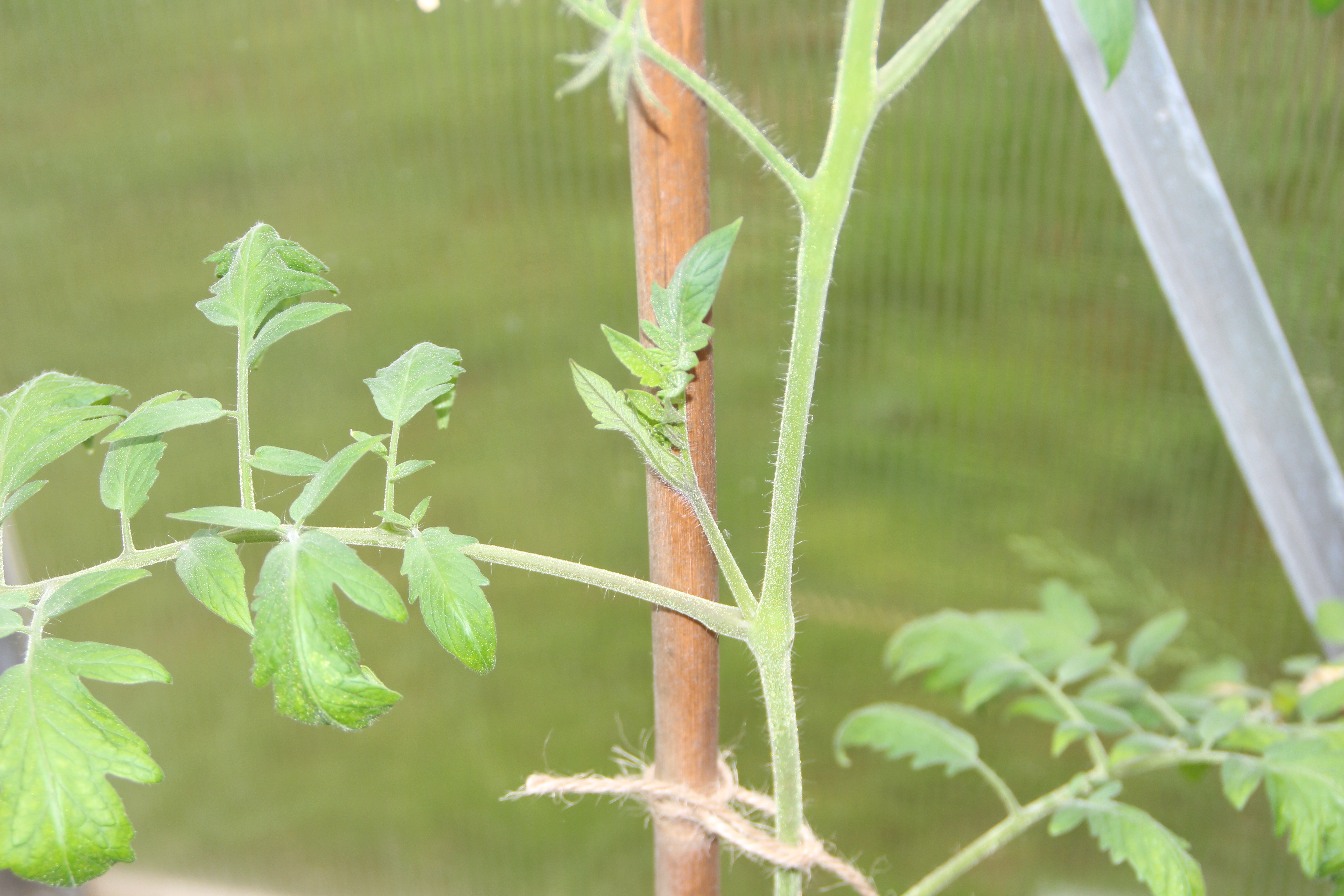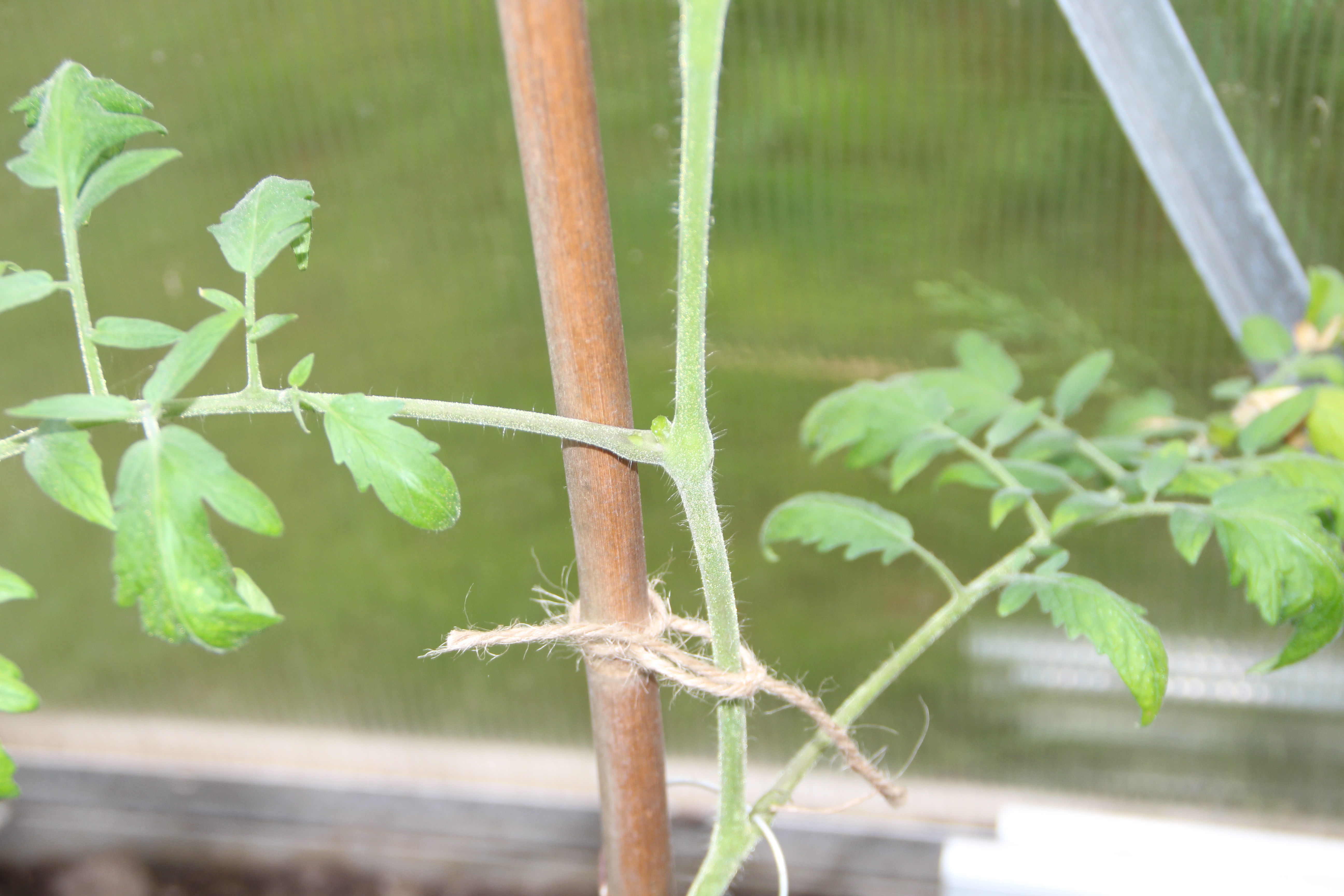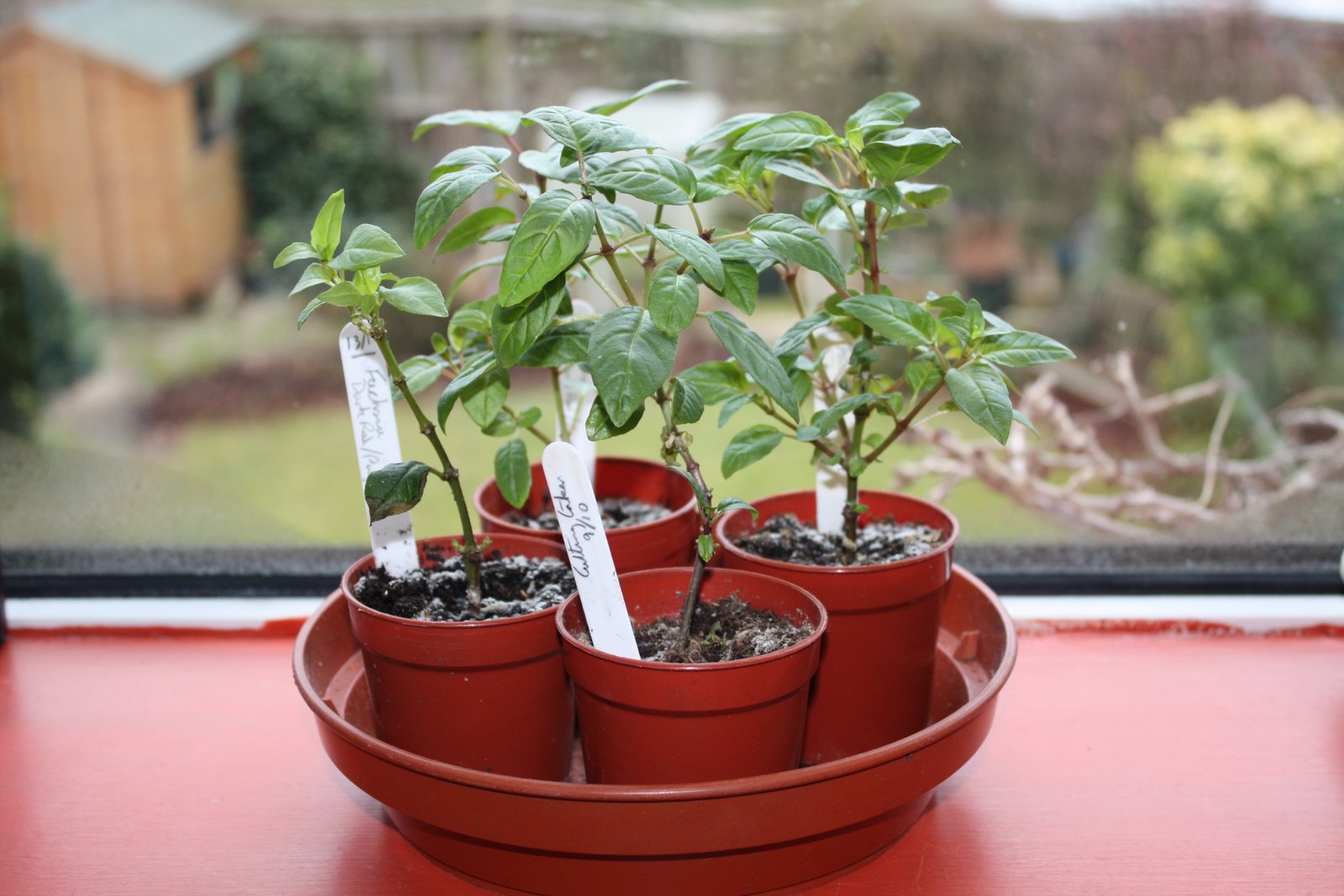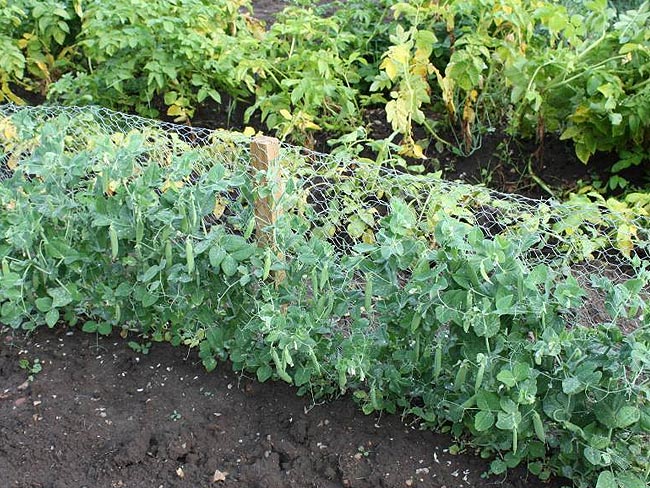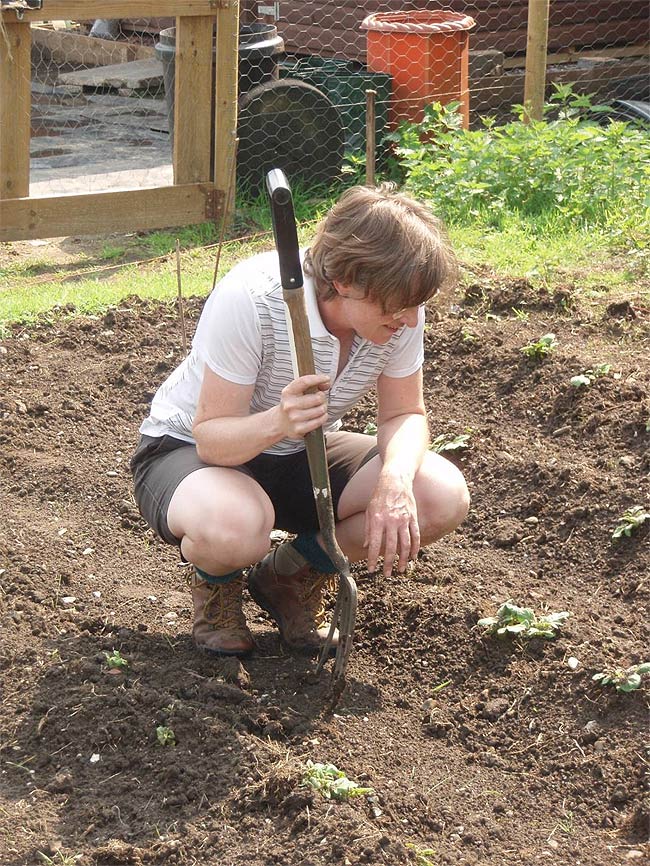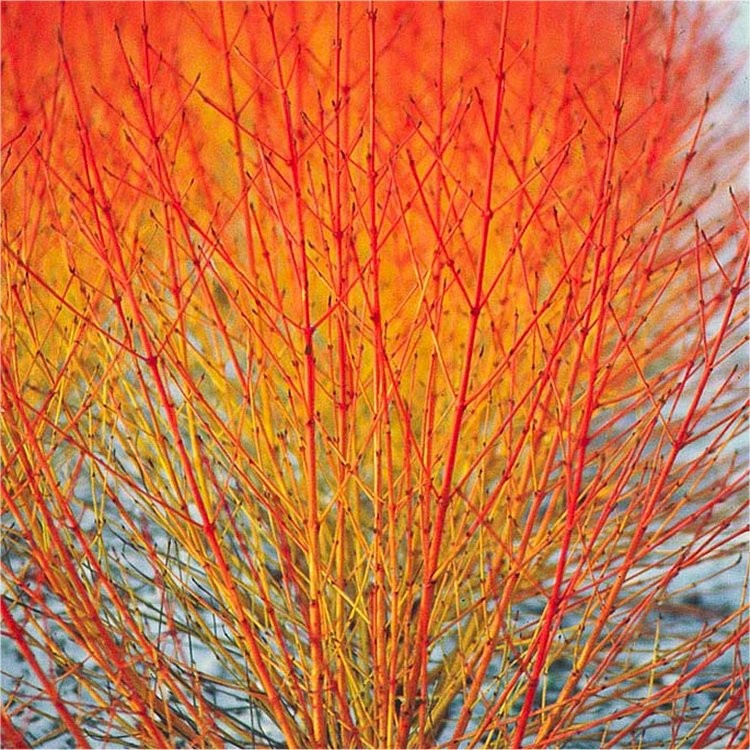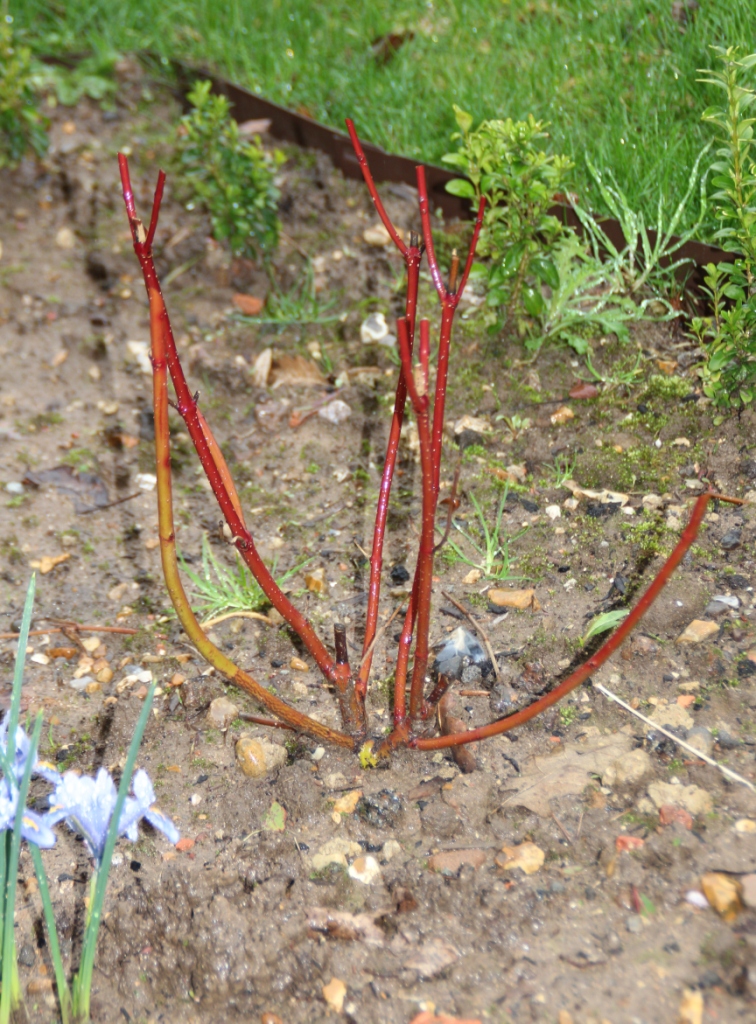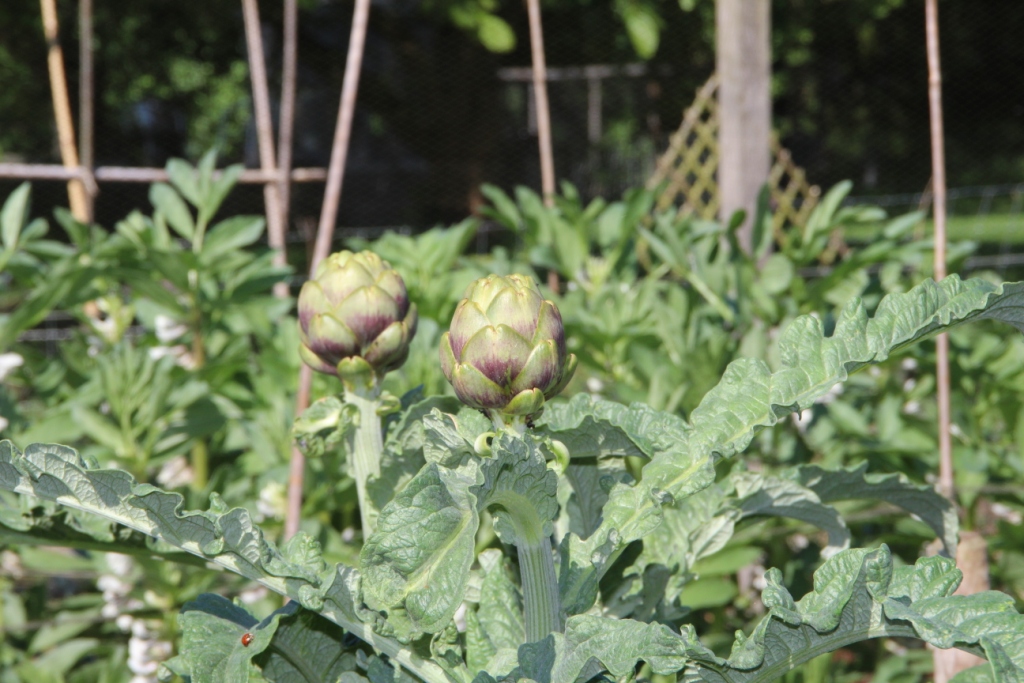September should be show time and the chance to celebrate growing and using produce in Cookham. Sadly this year the fete and show have been cancelled, so competitive celebrations are off the menu. Our road had a “distanced” walk round flower and produce show, so that we could all share in the growing, cooking and creative efforts of our neighbours. We were in the midst of harvesting on the allotment, so were able to put together a colourful display.
September is still a great month to celebrate your growing spaces as it combines the best of high summer with the emergence of autumn. As well as the fiery colours of Sunflowers, Dahlias, Rudbeckia, Gazanias and Gaillardias, you may be enjoying the more pastel shades of Fuchsias, second flowerings of Delphiniums and sweet peas. Fruit are ripening and in addition to edible harvests, ornamentals such as crab apples and Pyracantha are colouring up nicely. On harvesting it is no coincidence that there are shows at this time of year as it is one of the most abundant months for fruit and vegetables.
Many of us have spent more time than usual in our gardens this year and interest in growing has boomed, so reflect and take the time to enjoy what you’ve achieved. Take photographs to remind yourself of the successes and also to help your planning. If you identify gaps or spaces that don’t quite work now, then with bulb and plant catalogues dropping on to the doorstep it is the perfect time to plan your autumn planting.
With an interesting year of weather – floods, unprecedented spring sunshine, heat waves and storms so far, autumn remains the most reliable time for getting new plants into the ground.

